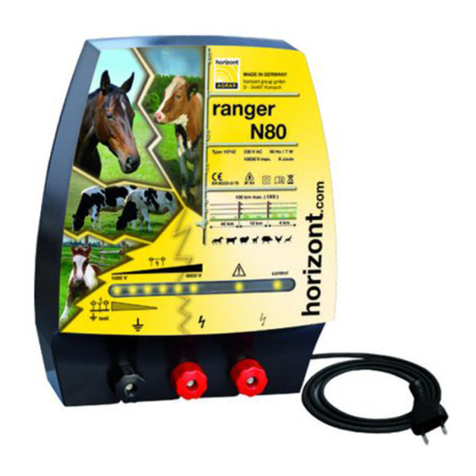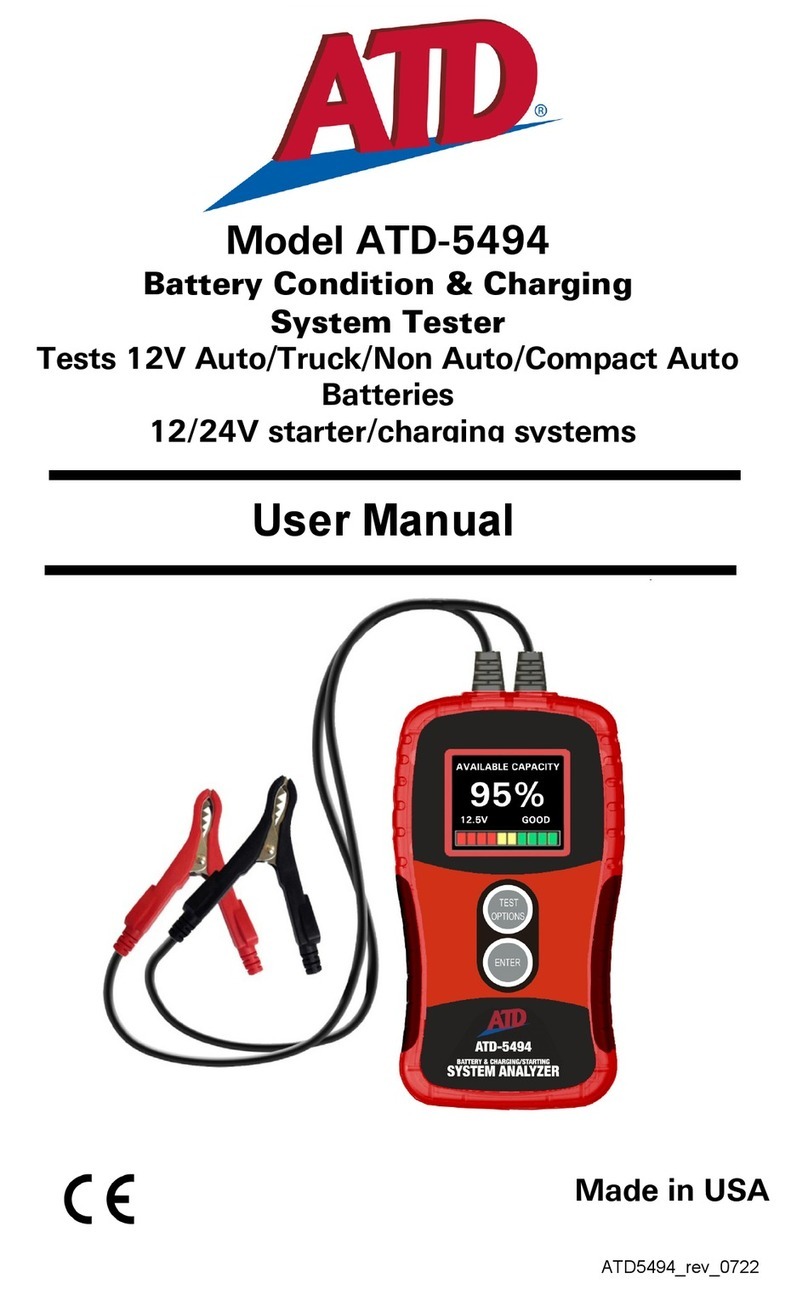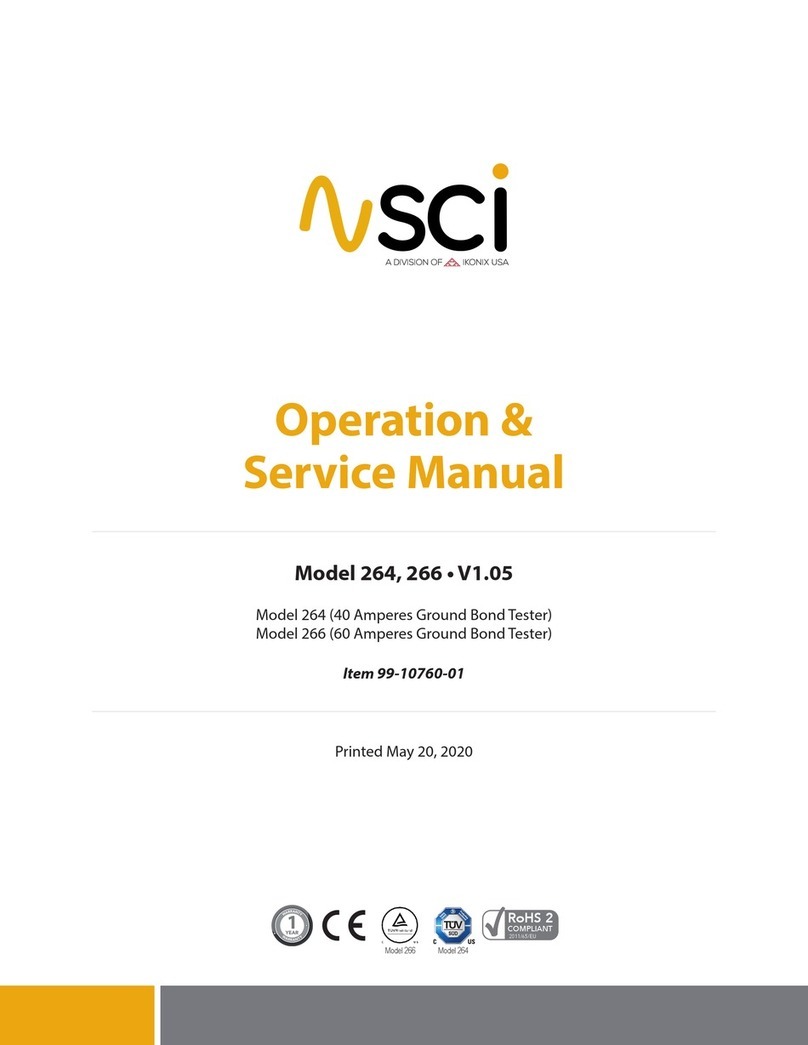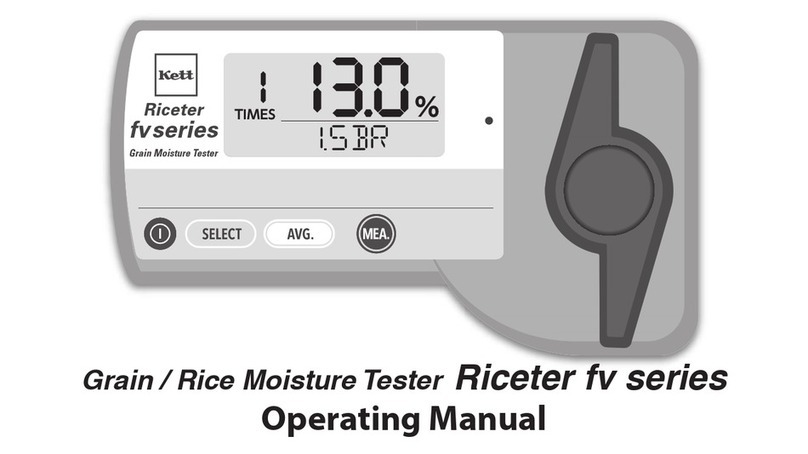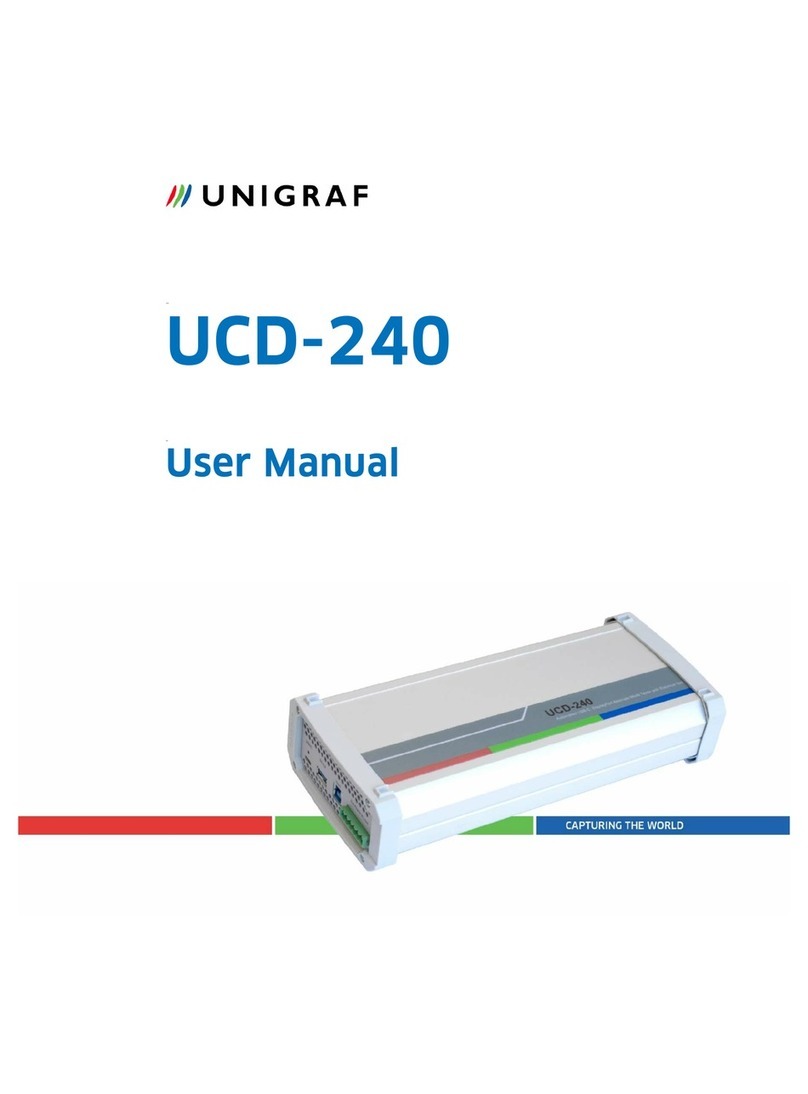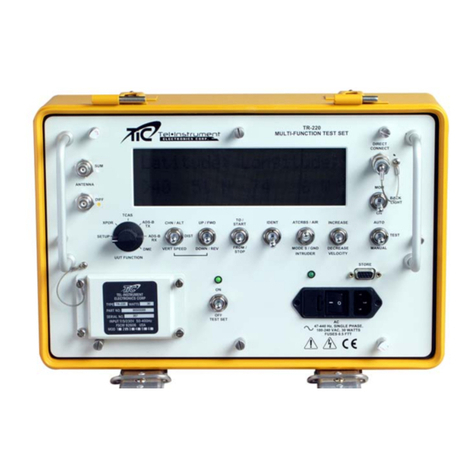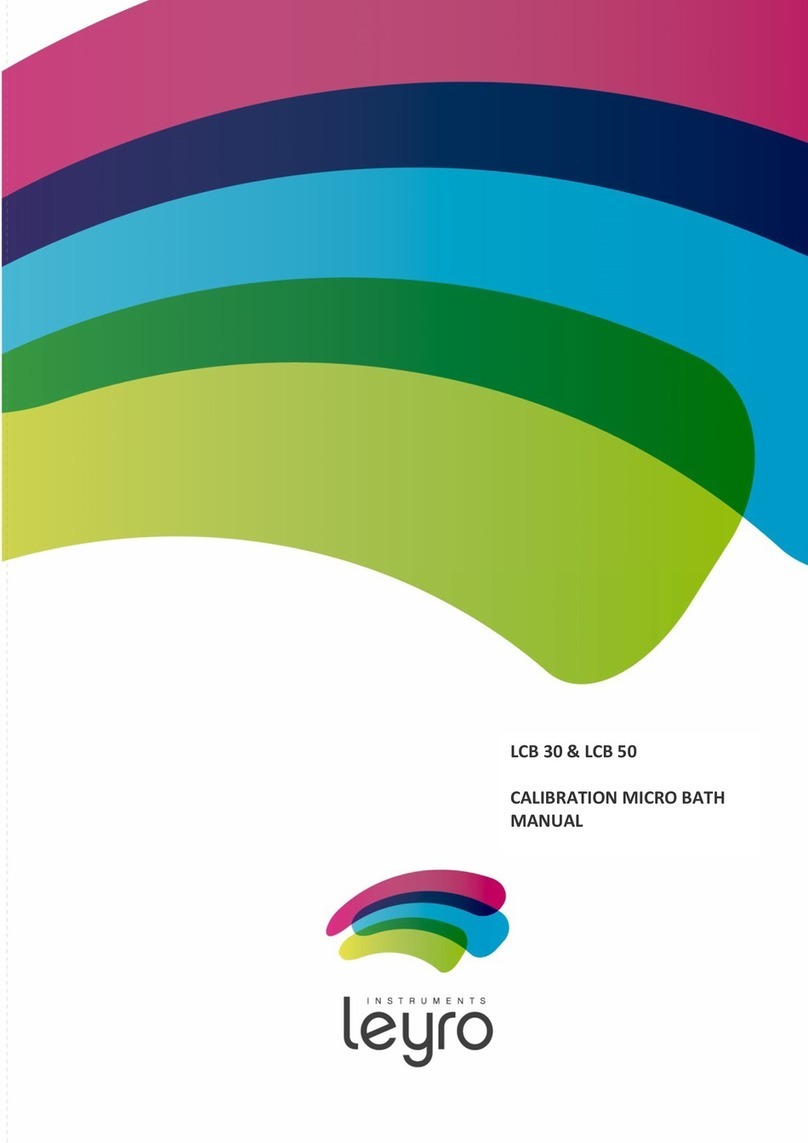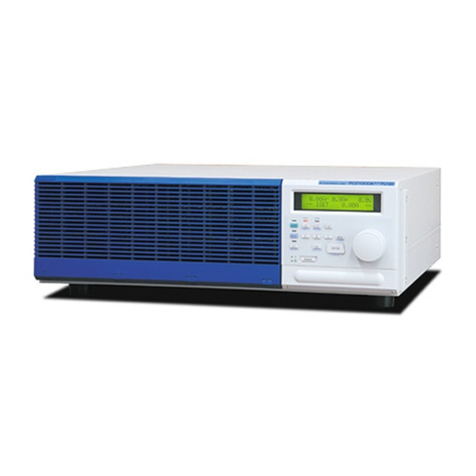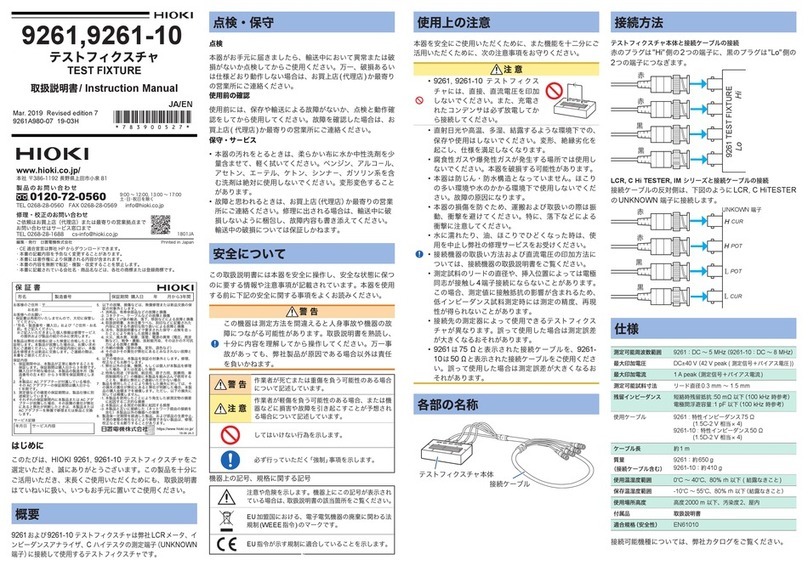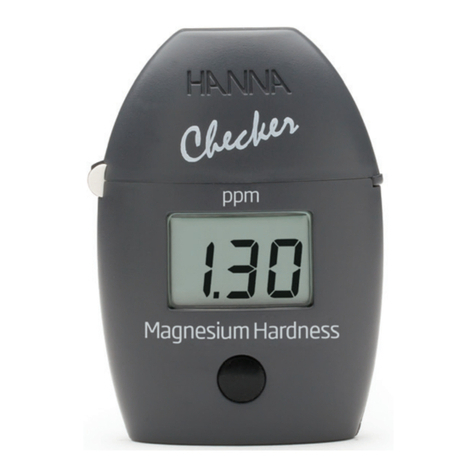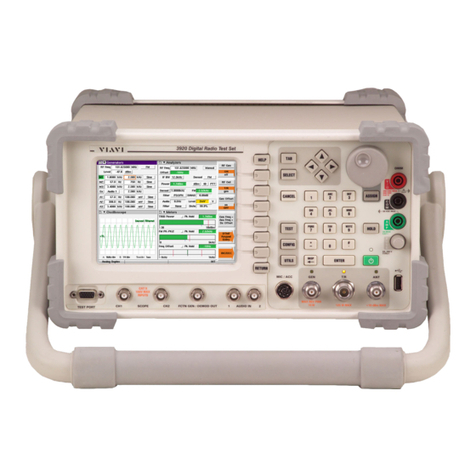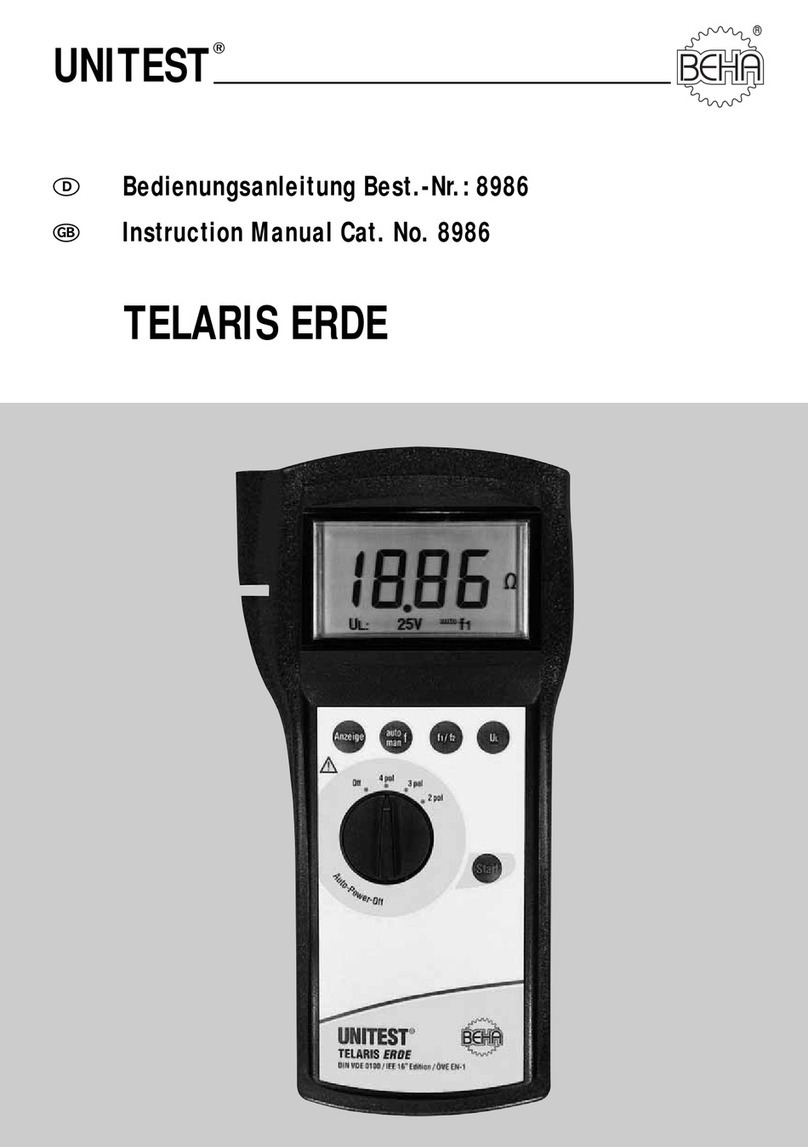Speakerlab Power Test Analyzer User manual

1
INTRODUCTION
CAUTIONS
LICENSE AGREEMENT AND WARRANTY
CUSTOMER SUPPORT
SYSTEM REQUIREMENTS
SOFTWARE INSTALLATION
DRIVER INSTALLATION
PACKAGING
DIMENSION AND MOUNTING
FRONT SIDE
REAR SIDE
CONNECTORS
ASSEMBLIES
CONFIGURE
HW CALIBRATION
MIC CALIBRATION
MEASURE
CONTROL BOX
BOX 1, 2, 3, 4, 5, 6
POST PROCESS
SAVED DATA FORMAT
THERMAL TIME CONSTANTS
STREAMING DATA
RECOMMENDATIONS & WARNINGS
SPECIFICATIONS
© Copyright 2004-2021 by SpeakerLAB Srl
All Rights Reserved
Printed in Italy, April 2021
IBM is a registered trademark of International Business Machines Corporation.
Windows is a registered trademark of Microsoft Corporation.
Power Test Analyzer
HARDWARE
SOFTWARE

2
ABOUT THE SYSTEM
SpeakerLAB Power Test Analyzer is the system dedicated to power test for audio transducers. PTA is addressed to the development of technology to
limit the power compression, as the execution of tests to select the best component in comparison to more suppliers (pole plates, voice coils, different
materials for parts assembly...), or to optimize the design of the transducer motor, for instance increasing cooling for convection, or also to validate
samples for a production line. PTA analyzes the physical limits of a transducer offering the competence to select the proper solution for its application.
PTA is composed by Hardware (100% recyclable chassis, 19 inch/1 Unit Rack) and dedicated Software. The system employ a user friendly software
with an interview model, its automatic controls permit several presets, as power amplifier parameters and limits or signal crest factor analysis
(measured directly on DUT terminals), giving the opportunity to create new, or directly select some standards for power test (Accelerated life test EIA-
426B, IEC 268-5, Power Handling test AES2, routine to search for maximum power). The wireless connection permit to render cables free your
computer from hardware also PTA Web Manager distributes remote test application via the SpeakerLAB Web Server, so it is possible to control test
status from a remote pc or directly from your personal tablet or smartphone. PTA automatically generate database with HTML and PDF reports
including all graphs, histograms and macro-values of the test. Designed by SpeakerLAB S.r.l. the PTA is exclusively built in Italy with internal
components selected for premium quality and proven durability.
ABOUT THIS MANUAL
This User's Manual explains the PTA (Power Test Analyzer) software version 1.6.0.
All users should be continuously mindful of these words of caution while using the Power Test Analyzer system.
If not done properly, power testing at high power levels can be dangerous to the user and to the equipment:
•Only qualified and trained technicians should be allowed access to the system. A good understanding of electrical safety requirements is a must
for anyone working with the system.
•Never make equipment connections while the equipment is powered up. Shut everything off (computer and all amplifiers) before installing or
servicing the equipment.
•Never connect or disconnect loads on the amplifier output of any channel that is running.
•Never touch the speaker leads when the system is running. High voltages can be very dangerous and are potentially deadly.
•It’s preferable to use amps that are short circuit protected. The system has fast hardware protections and relative slow software protections, but
when DUT fail the short out can cause damage to the amplifier, so the protections are ever well accepted!
CAUTIONS
INTRODUCTION

3
THANKS
Thank you for purchasing your SpeakerLAB PTA software. We hope that your experiences using PTA will be both productive and satisfying.
SpeakerLAB’s WARRANTY
SpeakerLAB guarantees the PTA Hardware to be free from defective material and/or workmanship for a period of two year from date of sale, and will
replace defective parts and repair malfunctioning products under this warranty when the defect occurs under normal installation and use - provided the
unit is returned to our factory via prepaid transportation with proof of purchase (sales receipt). This warranty provides that examination of the returned
product must disclose, in our judgment, a manufacturing defect. This warranty does not extend to any product that has been subject to misuse, neglect,
accident, improper installation, or where the date code has been removed or defaced.
SpeakerLAB guarantees the PTA Software to the original licensee that the disk(s) and or electronic key(s) on which the program is recorded will be
free from defects in materials and workmanship under normal use for a period of ninety (90) days from the date of purchase. If failure of the product
components has resulted from accident, abuse, or misapplication of the product, then SpeakerLAB or third-party licensors shall have no responsibility
to replace the disk(s) or key(s) under this limited warranty.
WARNINGS AND LIMITATIONS OF LIABILITY
SpeakerLAB is not liable for any damage to speakers, amplifier, or any other equipment that is caused by negligence or improper installation and/or
use of the PTA system. SpeakerLAB will not assume liability for the recovery of lost programs or data. The user must assume responsibility for the
quality, performance and the fitness of SpeakerLAB software and hardware for use in professional production activities. In addition to the foregoing,
you should recognize that all complex software systems and their documentation contain errors and omissions. SpeakerLAB, its distributors, and
dealers shall not be responsible under any circumstances for providing information on or corrections to errors and omissions discovered at any time in
the product, whether or not they are aware of the errors or omissions. SpeakerLAB does not recommend the use of this product in applications in which
errors or omissions could result in loss of life, injury, or other significant loss. You may not: (a) distribute copies of the program or the documentation
to others, (b) lease, rent, grant sublicenses, or other rights to the program, (c) provide use of the program in a computer service business, network, time-
sharing multiple CPU, virtual machine or multiple users arrangement without the prior written consent of SpeakerLAB, (d) translate or otherwise alter
the program or related documentation without the prior written consent of SpeakerLAB.
This license agreement shall be governed by the laws of the state of Italy and shall inure to the benefit of SpeakerLAB, its successors, administrators,
heirs and assigns or third-party licensors. For further detail of software license agreement read License.pdf file.
LICENSE AGREEMENT AND WARRANTY

4
SpeakerLAB provides detailed electronic manuals and on-line help within the program as the primary source for user information and assistance regarding
the use of this product. If these sources do not contain the answers to your questions, for technical problems, bug reports, or suggestions for future software
enhancements contact SpeakerLAB via website: www.speakerlab.it. Technical support is free at this time; however, we reserve the right to charge for this
service in the future as conditions, overhead, and support personnel requirements dictate. In the event that your PTA does need factory service, you may reach
the SpeakerLAB Technical Services department for return instructions. A Return Authorization (RA) number must be obtained from SpeakerLAB Technical
Services department. SpeakerLAB may not account for products that are returned without a Return Authorization number. Guidelines:
•Pack the product well for protection during shipment
•Include a copy of sales receipt, your name, return address, phone number and defect description with your return correspondence
•Call the SpeakerLAB Technical Authorization Services department for an outside of the packaging
•Ship the product prepared to SpeakerLAB. We recommend United Parcel Service (UPS)
PTA software is an extremely intensive numerical application. The program contains hundreds of numerical mathematics algorithms, some of which are
extremely large and place very high demands on the CPU's floating-point performance. PTA software requires a full 32 bit operating system and can be
installed in any personal computer with the following minimum system requirements:
•Pentium IV processor (suggested 1 GHz minimum)
•Mouse and Keyboard
•500 MB RAM (suggested 1 GHz minimum)
•USB port
•100 MB free HDD space, plus disk space for Database
•800 x 600 resolution video adapters (suggested 1280 x 720)
•CD-Rom Drive and/or Internet connection
•Microsoft Windows XP or 7 (suggested Win7)
•Adobe Acrobat Reader
•Power amplifier
•Delete all previous installations, included Demo Version
•Place the distribution CD into your CD-ROM drive, or open downloaded distribution
•If the distribution does not AutoRun, locate and run the Setup file following the instructions on screen
•Before you run PTA from relative link on desktop or from SpeakerLAB PTA folder on Start Menu, you need to install .inf driver
•After driver installation run PTA and accept the network protection (only for Web Manager add on)
CUSTOMER SUPPORT
SYSTEM REQUIREMENTS
SOFTWARE INSTALLATION

5
1) Administrator privileges are required to install device drivers. Make sure you are administrator of your computer!
2) Insert USB cable (USB version) into the pc or insert USB Dongle (Wireless version)
3) Power on SpeakerLAB Power Test Analyzer
4) Open up the device manager
WINDOWS XP
WINDOWS 7
From the Control Panel or by clicking the Start button,
clicking Run…, entering devmgmt.msc in the text box, and
clicking OK.
Open the Device Manager by clicking on the Windows Start
button and typing device manager in the text box and click
the program listed in the programs section.
5) Open USB Input Device
6) On the Detail tab verify the right Hardware ID (VID_0403&PID_A228, or VID_0403&PID_A229 for wireless version)
DRIVER INSTALLATION

6
7) Go to the tab DRIVER>UPDATE DRIVER
8) Select No, not this time, when prompted by the Hardware Update Wizard and click Next
9) Select Install from a list or specific location and click Next
WINDOWS XP
WINDOWS 7

7
10)Select Don’t search. I will choose the driver to install and click Next
WINDOWS XP
WINDOWS 7
11)If under Model the option SpeakerLAB is listed, click it, click Next, and skip to step 13
WINDOWS XP
WINDOWS 7
12)If the option SpeakerLAB is not listed so click the Have Disk… button

8
13)In the Locate File window browse to SpeakerLAB Drivers on your Desktop and select the OS specific SpeakerLAB.inf
14)In the Hardware Update Wizard should now show the SpeakerLAB device option. Click it and click Next
15)Select the Continue Anyway button on the Hardware Installation window and install software
WINDOWS XP
WINDOWS 7

9
16)The SpeakerLAB Device Driver is now being installed
17)Click the Finish button to complete the installation
WINDOWS XP
WINDOWS 7
18)On the Device Manager window, check the SpeakerLAB under the relative Port (NI-VISA section if it is enumerated)
WINDOWS XP
WINDOWS 7

10
19)If, after the operations, appears
20)Power off and then, waiting 4s, power on SpeakerLAB (in Wireless version also plug out and then plug in USB Dongle from the computer)
NOTE: Before run SpeakerLAB.exe set execution permission as administrator. Right click on SpeakerLAB.exe icon, propriety, compatibility, after
selection execution as administrator, click OK button

11
PACKAGING
Unpacking
Carefully open the shipping box and check for any noticeable damage. The figure shows an example view of the
packing. Every SpeakerLAB system is completely tested and inspected before leaving the factory and should arrive
in perfect condition. If you find any damage, notify the shipping company immediately. Be sure to save the box and
all packing materials for the carrier's inspection.

12
DIMENSION AND MOUNTING
435 mm (17.1 in)
483 mm (19 in)
366 mm (14.4 in)
44 mm (1.7 in)
40 mm (1.6 in)
Hardware installation
For a rack mounting do not insert the four feet supplied with equipment
For a desktop usage insert the four feet on the bottom side, pushing them
inside holes
UP
DOWN
SIDE
Cooling System
The exhaust cooling air is forced out through the rear of the
chassis. The bottom air duct facilitating thermal dissipation
inside the device. For a desktop usage we suggest to put the
device away from heat sources on the bottom side. For a rack
mounting is possible to cover the bottom air duct and left the
front side free from obstacles. Inside rack devices can stacked
directly on top of each other (no space needed between units),
starting from the bottom of the rack. Always make sure the
exhaust air on rear side can flow without resistance. However
sensing circuit control internal temperature, if the device has
abnormal overheats µP automatic power off the system
Foot
Air Flow

13
ON/OFF Push Button
Press and hold 1s for power on
Press and hold 3s for safety power off
FRONT SIDE
Forced air input
Avoid covering this channel
Streaming Status Led
Intermittent ( 4 Hz): status ok
Stationary: status stalled
Wireless (optional)

14
REAR SIDE
USB type B Female
USB optical isolation (optional)
Balanced Noise OUT
3 PIN XLR Male
Main Power Inlet
IEC 950-compliant, 240/120 Vac (optional)
Fuse: 0.125 A (T)
Amplifier
2-pole speakON
Device Under Test
4-Wire Kelvin Termination speakON
Balanced Signal OUT
3 PIN XLR Male
Balanced Signal IN
3 PIN XLR Female
Balanced Mic IN
3 PIN XLR Female
Environment Sensor
4 PIN XLR Female
Forced air output
Avoid covering this channel

15
CONNECTORS
USB
1 V+
2 D-
3 D+
4 GND
Noise OUT NOTE 2
1 GND
2 OUT (+)
3 OUT (-)
Signal OUT NOTE 2
1 GND
2 OUT (+)
3 OUT (-)
Signal IN NOTE 2
1 GND
2 IN (+)
3 IN (-)
Mic NOTE 2NOTE 3
1 GND
2 IN (+)
3 IN (-)
eSensor
1 Isolated GND
2 Isolated V+
3 Clock
4 Digital Data
MAINS
1 Earth
2 Phase
3 Neutral
Amplifier NOTE 1
1+ IN (+)
1- IN (-)
2+ NC
2- NC
DUT
1+ OUT (+)
1- OUT (-)
2+ Sense (+)
2- Sense (-)
NOTE 1: Mono and Bridge Power Amplifier.
In PTA LITE Negative Input (pin 1-) is connected to GND.
In PTA PRO Negative Input (pin 1-) is connected to negative bridge terminal.
NOTE 2: Balanced and Unbalanced Signals.
You can use both configuration, but you must consider that unbalanced long line can introduce noise in the audio system.
For 3 PIN XLR type unbalanced signals use XLR to RCA standard adaptors, or link pin 1 to pin 3.
NOTE 3: Optional Microphone Phantom Power
Magnet Temperature Sensor
Environment Temperature Sensor
Environment Humidity Sensor
Environment Pressure Sensor

16
ASSEMBLIES
POWER AMPLIFIER
EXTERNAL SOURCE
POWER AMPLIFIER
DSP / DIGITAL FILTER
POWER AMPLIFIER
Internal Source
Enable internal signal generator
External Source
Disable internal signal generator
Enable external source input (Signal IN)
Internal Generator + External Filter
Enable internal signal generator
Enable noise out (Noise OUT)
Enable external source input (Signal IN)

17
INTERFACE OVERVIEW: CONFIGURE
Storage Path
Push Select Path and navigate till the preferred folder,
where to save SpeakerLAB database, then select
Current Folder button
Users
Names of the Operators usually work with
SpeakerLAB
Temperature Unit
Select the preferred Unit for all temperature
measurement
Degree Celsius
Kelvin
Degree Fahrenheit
Factory Data
Complete all fields for factory

18
INTERFACE OVERVIEW: HW CALIBRATION
Calibration is completely automatic, it’s not necessary to disconnect connectors,
DUT or cables from SpeakerLAB: internal relays operate all these incumbencies.
If launched, this routine stop when terminate the calibration. Check only if the
meters indicators remain inside their maximum values, send a comment to factory
in case of anomaly.

19
INTERFACE OVERVIEW: MIC CALIBRATION
Channel IN
Edit these fields for a manual calibration
of the sensor
Channel OUT
Visualize output values to save
Transducer SPL Max
Check maximum Sound
Pressure Level, if it is too low
for your application set a
different gain in your
microphone preamplifier and
write the value in Pregain [dB]
into relative Channel IN field
Channels
Sensor Sensitivity
Sensitivity of sensor [mV/EU]
dB Reference
Reference value in dB of selected
Engineering Unit
Calibration Value
Reference value of calibration
Engineering Unit
Select the Unit from available Units
Custom Label
Write a personal label
Pregain
Value of preamplifier gain
Microphone Calibration Setup Techniques:
Manual (without a calibrator)
1. Complete all fields in Channel IN
2. Select dB SPL for Calibration Value Unit
3. Don’t setting Calibrator Level
4. Save Calibration
Auto (with a calibrator)
1. Put microphone into calibrator
2. Select dB SPL for Calibration Value Unit
3. Set Calibrator Level
4. Check Sensor Sensitivity on Channel OUT, when the value is stable…
5. Save Calibration

20
INTERFACE OVERVIEW: ACQUIRE DATA
Voice Coil Temperature
Peak Current
RMS Current
Peak Voltage
RMS Voltage
Active Power
Reactive Power
Average Power on Re
Average Power on Zmin
Environment
Temperature
Magnet
Temperature
Environment
Humidity
Voice Coil Re
Voltage Crest Factor
Current Crest Factor
Acoustic Compression
NOTE: when launched window position is maximized on primary monitor
Reduce, Resize, Close window
Table of contents
